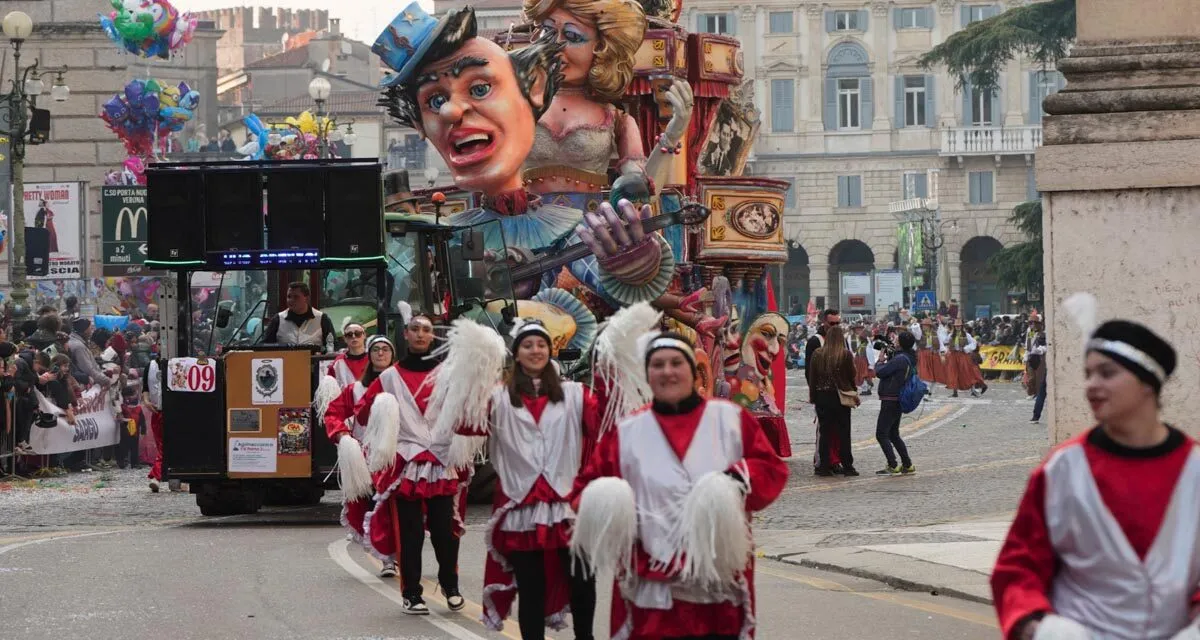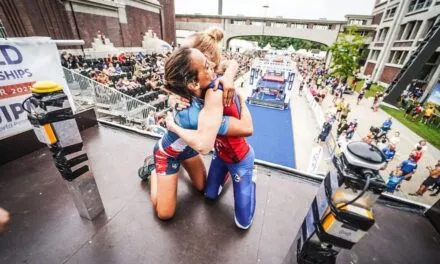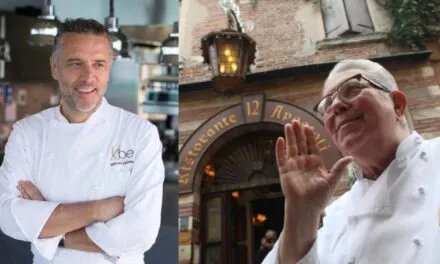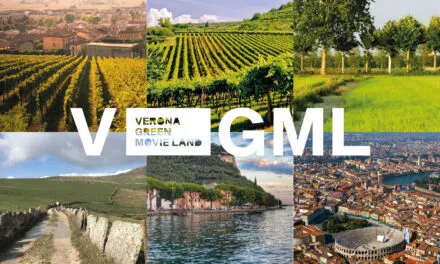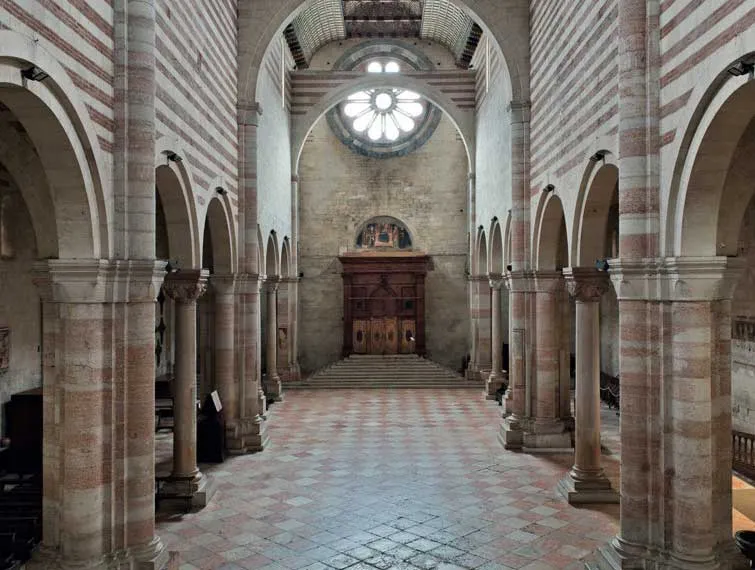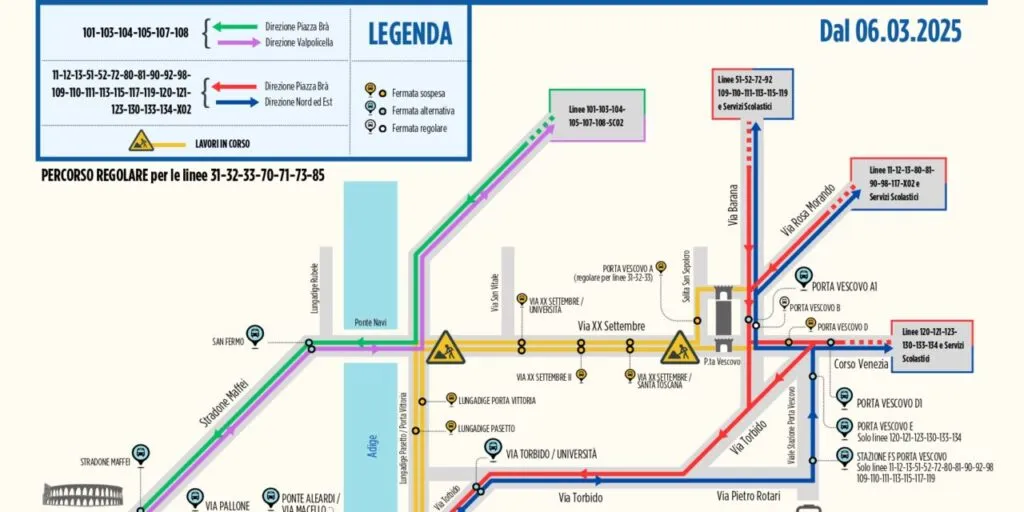Not the usual rainbow of confetti; this year, Verona’s Venerdì Gnocolar sky was filled with droplets of rain, forcing the customary float procession to be canceled. A few hours prior to the festivities’ planned commencement, the Carnevale Bacanal del Gnoco Committee announced their choice.
But what is the background of carnival floats?
The carnival’s signature feature, the floats, parade through the cities, adding color and amusement to the celebrations. The papier-mâché floats are composed of one or two levels decorated with painted scenes and curtains. Each, according to custom, shows a deity, sometimes sitting on his throne and surrounded by ornate structures, or shows other representations of mythical creatures and characters. They are meticulously crafted by people who spend weeks or even months preparing them for the grand event.
In 1873, a group of dock workers in Viareggio constructed the first modern chariot by utilizing a system of ropes, steel cables, and pulleys. The figures were originally created from plaster, which made them quite heavy. Papier-mâché only came into use later on to enable the assembly of more intricate constructions. Following that, in the 1920s, people started to make the puppets dance, and orchestras also began playing music on the floats.

